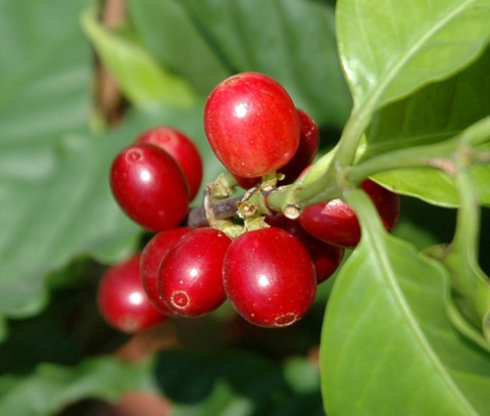The Cultural Story of Coffee Development "Blackwater"

In the eighth century AD, a magical "black water" known as Qahwa was circulating in Arabia, which was said to restore strength, vitality and no drowsiness.
Avicina Ibn Sina (980-1037), a 10th-century Muslim philosopher and famous Iranian doctor, recorded a plant from Yemen called Bunchum, which is said to be something similar to coffee.
As early as the sixth century AD, coffee was spread from Ethiopia (ancient Abyssinia) in Africa to the Arabian Peninsula. At first, only a few Arab monks knew its magical effect and were regarded by Muslims as the fruit of God.
In 1578 Abu Dar, a Muslim, Ambudar Kadry's book "Origin of Coffee" records for the first time the story of Omar's discovery of magical red fruit. Omar's hometown is Mocca in Yemen, Arabia.
According to historical records, tribes from Ethiopia and Kenya in East Africa invaded the southern tip of the Arabian Peninsula in the fifth century AD and occupied Yemen for a century before being driven out by Persia, which is now Iran. East African ancestors at that time had already begun to drink a drink brewed from red fruits mixed with green leaves, and these African soldiers on expeditions carried coffee balls wrapped in animal fat with them to refresh themselves and increase their combat effectiveness.
Later, with the rise of the Arab world, the Ottoman Turkish Empire spanned three continents of Europe, Asia and Africa. The Turks invaded Europe and passed on this magical "black water" and red fruit to the Europeans!

Important Notice :
前街咖啡 FrontStreet Coffee has moved to new addredd:
FrontStreet Coffee Address: 315,Donghua East Road,GuangZhou
Tel:020 38364473
- Prev

Coffee culture Dutch people spread coffee to the world
In the process of popularizing coffee to the whole world, the Dutch have spared no effort! Since the end of the sixteenth century, when Venetian merchants resold coffee all over Europe, the Dutch, unwilling to be reduced to second-hand dealers, have deliberately tried to grow their own coffee. Nicholas of Amsterdam in 1696. Nicolaas Witson was the first to suggest to his superiors that coffee should be grown
- Next

Introduction of Japanese Coffee Culture basic knowledge of Fine Coffee
Today, Japan has become the world's third largest importer of coffee, after the United States and Germany, importing 400000 tons of unroasted coffee beans in 2000 alone. Young people in Japan regard going to cafes as part of their urban life. Little bourgeois lifestyle is also very popular in Japan. Since the 1990s, cafes have gradually become a big city in Japan.
Related
- How did the Salvadoran coffee industry develop in Central America?
- What exactly does the golden cup extraction of coffee mean?
- The Origin of Coffee flower
- [2023 Starbucks World Earth Day] there are more meaningful things besides free Starbucks coffee!
- What kind of coffee is there in Spain? 9 Flavors of Spanish Coffee
- Aromatic African coffee| Kenya's coffee culture and historical production area
- Liberica Coffee Bean knowledge: the characteristics of Liberian Coffee beans of the three original species of Coffee beans
- The origin and formula of Spanish latte introduces the taste characteristics of Bombon coffee in Valencia, Spain.
- How to adjust the solution of over-extracted coffee
- What is the tasting period of coffee beans? What is the period of coffee and beans? How should coffee wake up and raise beans?

